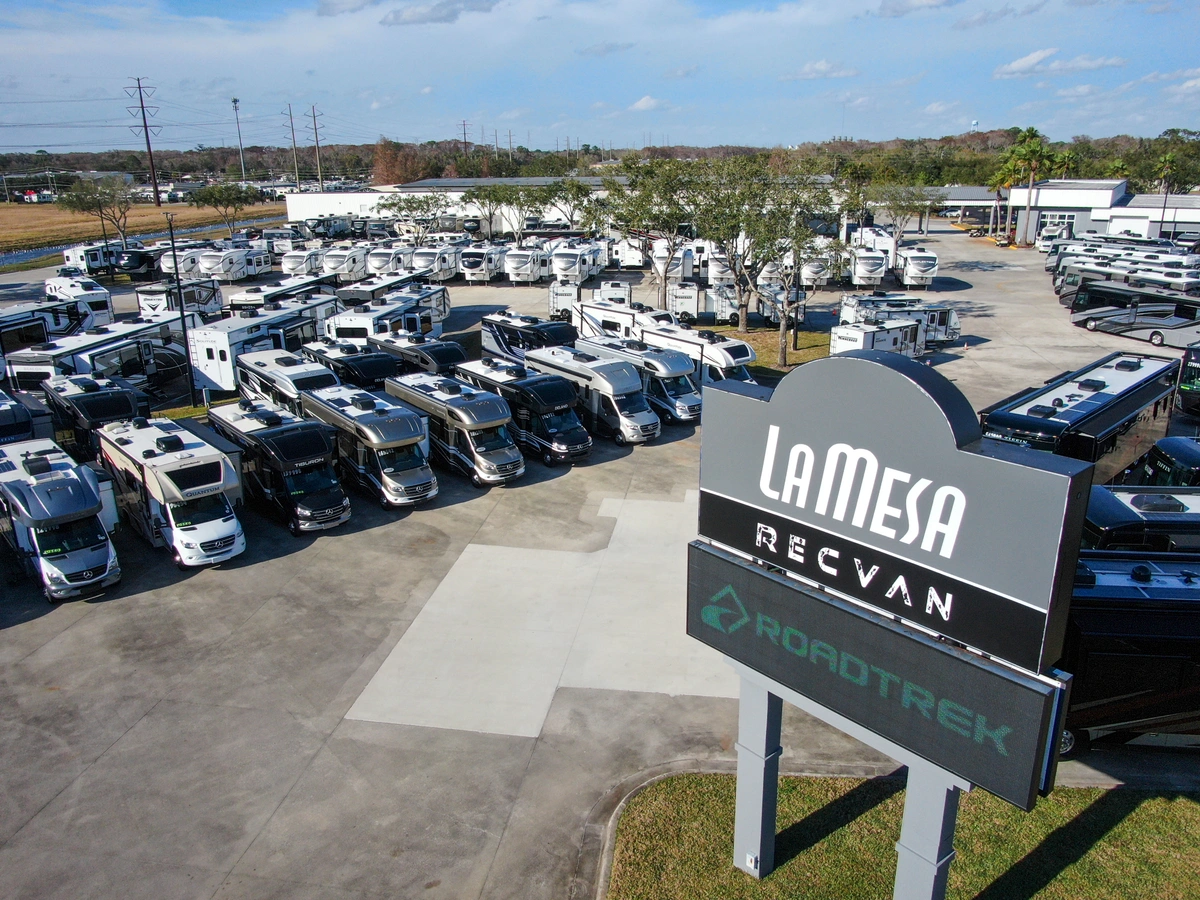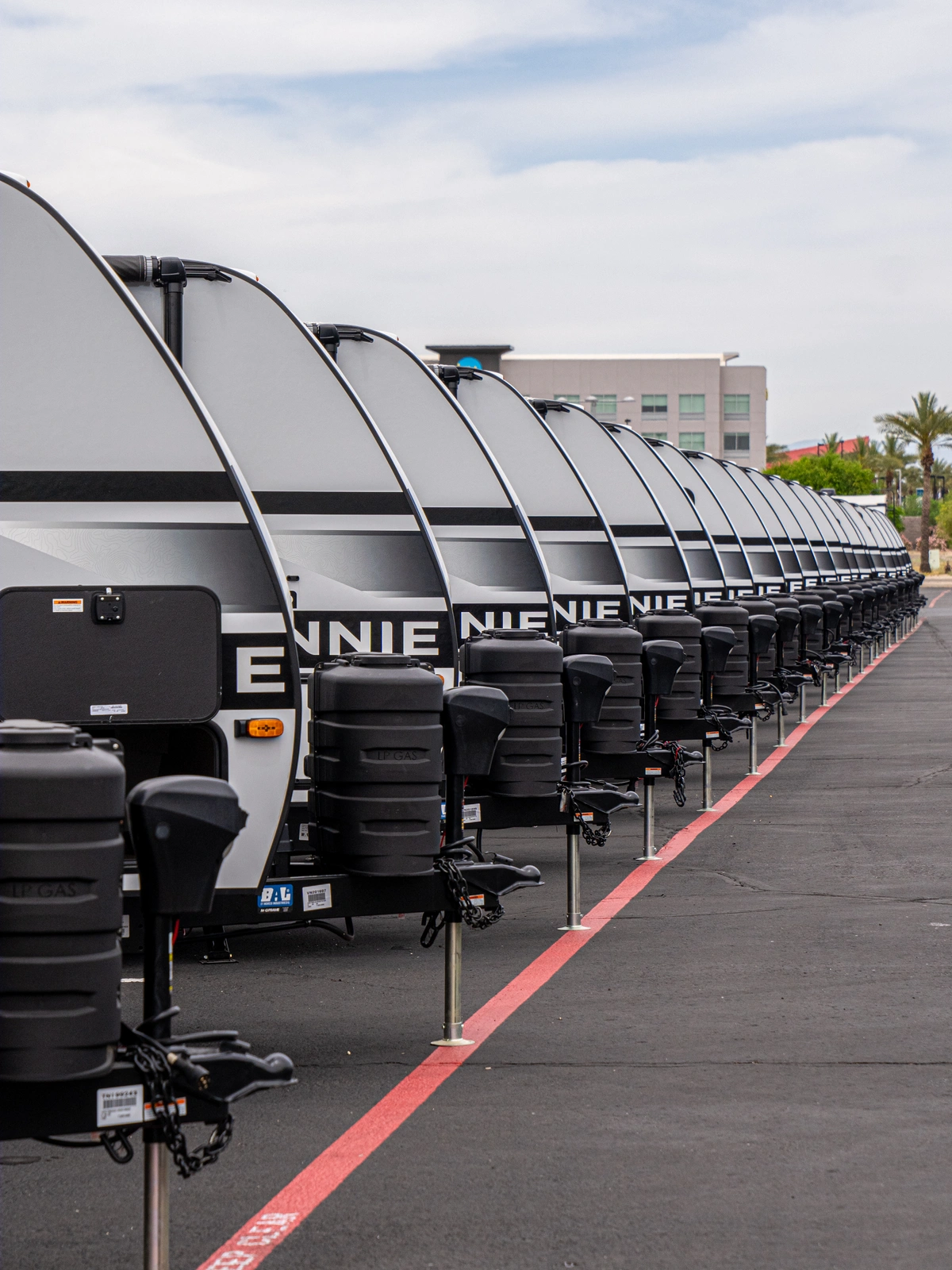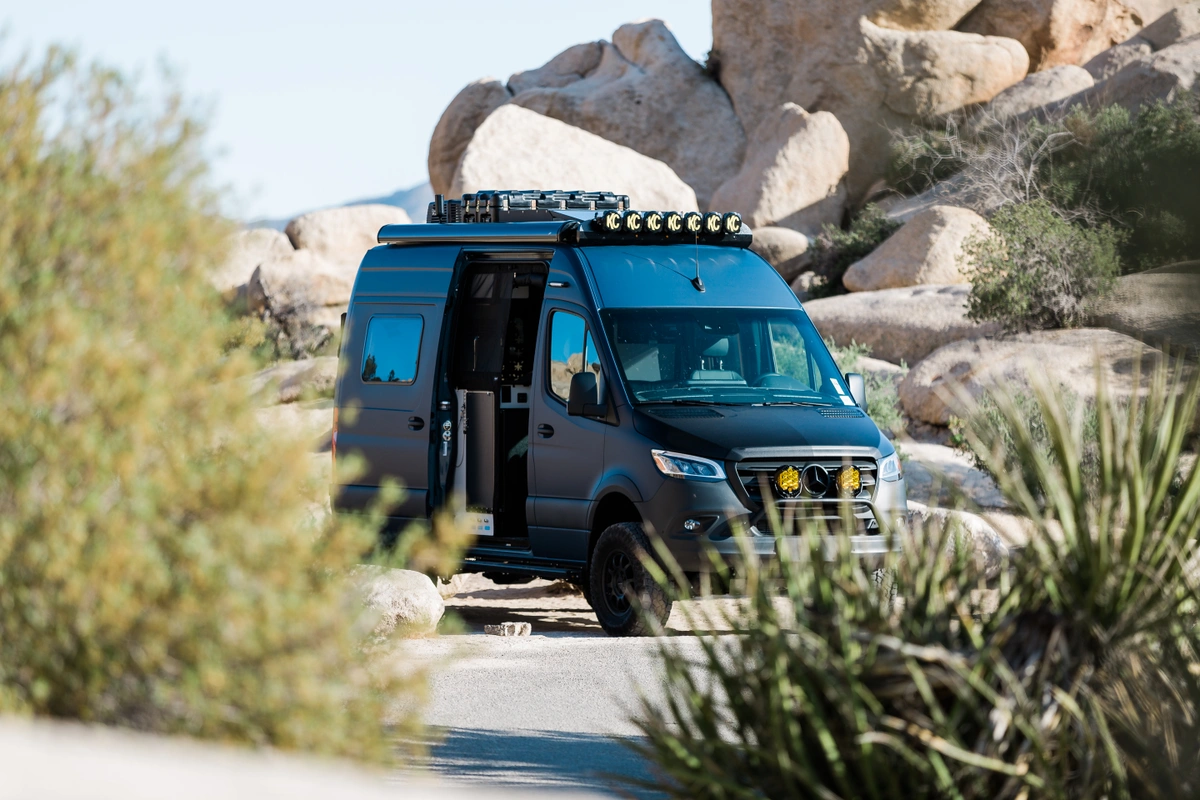If you're an RVer, you know the importance of regular maintenance. A little bit of preventive care can go a long way in avoiding expensive repairs down the road. But if you're new to RV travel or have never done your own maintenance care, you may be unsure of where to start.
That's where our DIY RV Maintenance Checklist comes in. We've put together a comprehensive list of things you should check on a regular basis to keep your RV running smoothly. Whether you're a seasoned pro or just starting out, this checklist is a great resource for keeping your RV in good shape.
Guest Post and Images by TheAdventureDetour
The Importance Of RV Maintenance
RV maintenance is important to keep your RV in top working shape while also protecting your investment. Often, staying up to date on your maintenance can help prevent larger RV repairs down the road. This can save you both time and money. Using an app like RV Life Maintenance can help you keep track of and schedule maintenance tasks.
Developing Your Specific RV Maintenance Checklist
It's important to consult with your RV operation manual to make sure any app or maintenance checklist you decide to use, matches the required maintenance on your specific RV model. Each RV is different, and this post is just an overview of general RV maintenance often required.
General RV Maintenance Tasks for Most RVs that You Can Do Yourself
Please note, we are not mechanics and this is not considered mechanical advice. We are full-time RVers and this is what has worked for us. We suggest you consult your specific RV manual or a certified RV technician to create your maintenance checklist.
Engine
For driveable RVs just like with a car, it's important to check the oil and pay attention to any engine warning lights. It's also important to have the oil changed on schedule to keep your engine running smoothly.
Generators
If you have a generator, the most helpful maintenance is just to run it every so often. Fluids need to flow through the generator often to keep things operating well. Running it each month is helpful. It is also recommended to have the generator professionally serviced with an oil and filter change once per year. Check your generator manual for specific maintenance information.
Tires
Tires require frequent inspection and maintenance for safety. Every travel day, be sure to check your tire pressure and lugnut torque. Also visually inspect the tires for any splits, cracks, or bulges.
You can prolong your tire life by using tire covers when your RV is not in use, by not overloading your trailer, and by keeping your speed down on travel days. Using a TPMS system on your tires can also alert you to potential blowouts and problems before they happen. It is also recommended for most RVs to repack wheel bearings with grease approximately every 10,000 miles or once a year.
Brakes
It's important to perform an annual visual inspection of shoe lining to look for worn, cracked, or thin areas. It is also generally advised to replace or refill motorhome brake fluid every 2 years.
Trailer Suspension
For towable RVs, visually inspect leaf springs to make sure there are no cracks. Inspect axle beams which normally have a slight curve upward. If your equalizer has wet bolts, grease the bolts at least once a year. Not all equalizers have wet bolts though.
Roof
The integrity of the RV roof is probably the most important factor in keeping your RV in good shape long term. Water damage is a huge problem that can often be prevented just by checking the roof often. Visually inspect your RV roof monthly. Look for tears in the membrane. Also, inspect all roof caulking and lap sealant to make sure there is no cracking or separating. Check all roof vent caps to make sure there is no cracking in the plastic.
Your RV roof can become damaged by unseen low trees. It can also have failing caulking due to heat or freezing temperatures. You can easily touch up lap sealant and caulking by going over the existing materials. Before you buy a product, check with the manufacturer to find out what kind of roof membrane material you have and also what products are recommended.
Also, take a look at the slide roofs to make sure that the slide roof seams and tape are in good condition. Use a broom or blower to make sure slide tops are clean before putting your slides in on travel days. Slide toppers are a helpful accessory to keep slides clean. Keeping your roof clean and mold-free can also help it to stay in good condition. Check with your manufacturer for cleaning products.
Slides
Keeping the roof of your slides clean is important but so is maintaining the slide rails. It's important to keep the rails free of dirt and debris. Using a lint-free microfiber cloth is helpful to clean the rails and then lubricate the rails with silicone-based slide lubricant to reduce friction and keep slides working smoothly.
It is also a good idea to apply a protectant to the rubber seals surrounding your slides to keep them from cracking in the elements. It is helpful to clean your floor inside and make sure there is nothing under your slides before you put them in for travel days. Items stuck under a slide can not only damage your slide but can also damage your RV flooring.
Exterior Cleaning
Washing and waxing your RV often help to protect the decals and the RV finish against sun and weather damage. Check your manufacturer recommendations for products.
Exterior Caulking
Just like checking roof caulking, it's important to check caulking around all exterior items such as doors, windows, vents, tail lights, and speakers. Look for cracks or separations and touch up as needed to protect against water damage.
RV Battery
Having a dead RV battery is no fun. Always disconnect your battery when your RV is in storage so that it isn't dead when you go to use your RV. We also replace our RV battery every two years to make sure it's in top working shape for our adventures.
Water Filter
Using a water pressure regulator protects your RV water system from too high water pressure found at some campgrounds. If you are using an inline water filter system, you will want to set a reminder for yourself to change the filters.
Hot Water Tank
Your RV hot water tank has sediment that builds up over time. It's important to drain and clean the tank at least twice a year. When the tank is off, drain the tank, and then use an RV water heater flushing wand to rinse out the tank. It's also usually time to replace the anode rod which protects your tank from corrosion. Once about 25% of the rod is used up, it's time to put a new one in. We just replace it each time we flush our hot water tank.
Gray And Black Water Tanks
The best way to keep your RV tanks happy is to use an enzyme product to keep odors down and debris from building up on your sensors. We use Unique products in both our black and gray tanks.
Most people only consider the black tank when they think about odors. However, the gray tank can end up smelling just as bad as the black.
You can prevent some of the odor by keeping food bits from going down your kitchen sink. The food rots in the tank and stinks over time. There is a little drain screen you can add to help keep food out. Also, treat the sinks the same way you treat the toilets. Add natural tank treatment products like Unique down the sink drains to help control the odor.
The key to a happy black tank is lots and lots of water. The more water the better to keep things flowing smoothly. You will also want to use septic-safe toilet paper so it breaks down well in the tank. RV paper isn't necessary but lots of water per flush is.
You also want to periodically do a black tank flush. Doing a flush once per trip or at least once per month is helpful to keep things clean and flowing. After dumping the black tank, use a dedicated hose with the black tank rinser to flush out any debris left behind until the water runs clear.
Many RVs already come with a built-in black tank flushing system. If your RV doesn't have this system, you can purchase an RV tank rinsing wand that you put down into the black tank via the toilet. Once you are done rinsing, add some water and tank treatment to your tank.
Fresh Water Tank
The RV fresh water tank needs to be rinsed and sanitized with a bleach solution at least twice per year, and possibly more often in warm climates, to prevent mold and bacteria from growing in the tank.
Humidity
To prevent mold inside your RV, condensation can be reduced by using a dehumidifier. You can also use the RV vent fans to help pull out moisture especially when cooking or using the shower. It is also helpful to place a breathable mat under your RV mattress such as Hypervent to prevent moisture build-up under the mattress. Leaving closet doors open and using a fan for air movement also helps.
Pests
Protect your RV from unwelcome guests by sealing up gaps around plumbing by using a spray foam product. Also spray landing legs, around tires, and any other item on your RV that touches the ground with bug treatment. While your RV is in storage, consider using dryer sheets to help repel mice.
Propane
Inspect your propane system for any cracks or damage to fittings, or hoses. Always leave the RV and call a professional for any leaks or if you smell propane.
Smoke And Carbon Monoxide Detectors
Test your RV smoke and carbon monoxide detectors twice a year and make sure you have additional batteries with you. If your detectors are older than 10 years, then replace them with new fire detectors.
Air Conditioners
Clean your RV air conditioner filters at least once per month to maintain maximum airflow to the units. Most filters can easily be rinsed with water and replaced when dry. Once per year, service and clean the outside of the air conditioner unit.
Electrical
Using an RV surge protector is important to protect your sensitive RV electrical system from power surges and low voltage.
Performing your own RV maintenance is a great way to save money, learn more about your RV, and keep it in good working condition. By using your RV operating manual and an RV maintenance app, you can develop a schedule that works for you and stick to it! I hope you feel empowered to both perform and track the maintenance on your RV.
Looking for a new RV? La Mesa has everything you need to hit the open road on an RV adventure. Stop by and check out their amazing selection today!
Scott, his wife Van, and their 12-year-old daughter Sissy have traveled full-time in their RV for 7 years. They have worked and homeschooled on the road through 42 states so far. They blog about RVing tips, travel destinations, and the full-time RV lifestyle on their blog, TheAdventureDetour. They are also RV content creators @theadventuredetour on Instagram, TikTok, and Facebook. They love connecting with RVers so be sure to reach out to them and say hi!


